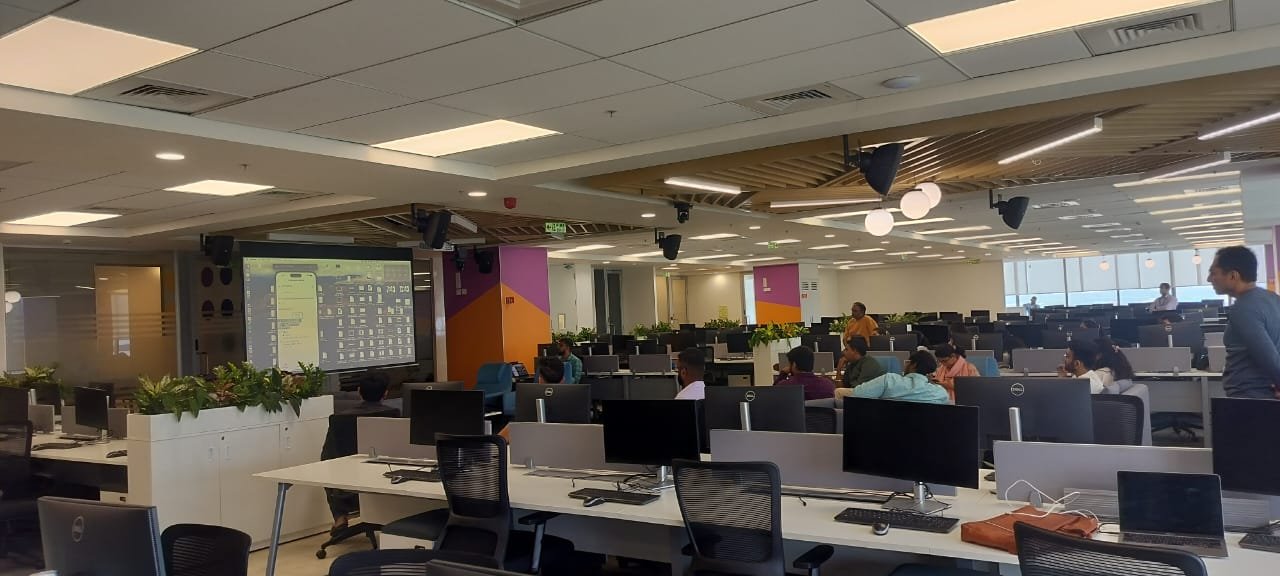The Impact of Poor Acoustics on Presentation Clarity in Corporate Conference Meetings
Effective communication is vital in any business setting, particularly during presentations. However, poor acoustics in a corporate conference meeting can significantly hinder the clarity of these presentations, leading to misunderstandings, disengagement, and reduced productivity. Understanding how acoustics affect sound transmission and reception can help mitigating these issues.
Understanding Acoustics and Their Importance
Acoustics refers to the properties of a room that affect how sound is transmitted and heard. In a meeting space, good acoustics ensure that sound is evenly distributed, clear, and free from disruptive echoes or background noise. Conversely, poor acoustics can distort sound, making it difficult for listeners to comprehend the speaker’s message.
Common Acoustic Problems in Corporate AV Meeting Spaces
1. Echoes and Reverberation:
- Echoes occur when sound waves reflect off hard surfaces and return to the listener with a noticeable delay.
- Reverberation is the persistence of sound after the source has stopped, caused by multiple reflections overlapping.
Both issues can make speech sound muddled and indistinct, causing listeners to strain to understand the content. This is particularly problematic in larger or poorly designed corporate AV town hall rooms where sound bounces around excessively.
2. Background Noise:
- External Noise: Sounds from outside the meeting space, such as traffic or construction, can intrude.
- Internal Noise: Equipment like HVAC systems, projectors, or even shuffling papers and moving chairs can create disruptive background noise.
Excessive background noise competes with the speaker’s voice, leading to distraction and loss of focus among attendees.
3. Sound Absorption and Diffusion:
- Lack of Sound Absorption: Hard surfaces like glass, concrete, and metal do not absorb sound, leading to increased reverberation.
- Poor Sound Diffusion: If sound is not evenly distributed, some areas of the room may be too loud while others may be too quiet.
Proper absorption materials, such as acoustic panels or carpeting, can mitigate these issues by absorbing excess sound and reducing reverberation.
Effects on Presentation Clarity
1. Reduced Comprehension: When acoustics are poor, the primary effect is a reduction in speech intelligibility. Listeners may miss key points or struggle to understand complex information. This is particularly critical in business meetings, where precise details matter.
2. Listener Fatigue: Constantly straining to hear and understand a speaker can lead to listener fatigue. This results in reduced attention spans and lower retention of information, ultimately impacting the effectiveness of the meeting.
3. Speaker Frustration and Performance: Poor acoustics can also affect the speaker. If a presenter perceives that their message is not being clearly received, it can lead to frustration and a lack of confidence. This can further degrade the quality of the presentation.
How you can improve acoustics for better clarity
1. Room Design and Layout: When designing a corporate AV meeting space, consider the shape and size of the room. Avoid long, narrow spaces and opt for more compact, well-proportioned rooms. Strategic placement of furniture can also help in diffusing sound evenly.
2. Acoustic Treatments:
- Absorption Panels: Installing acoustic panels on walls and ceilings can significantly reduce reverberation.
- Carpeting and Soft Furnishings: Adding carpets, curtains, and upholstered furniture can absorb sound and minimize echoes.
3. Sound Masking: In some environments, introducing a low-level background sound (white noise) can mask intrusive noises, making speech clearer.
4. Technological Solutions: Modern corporate town hall AV systems with advanced microphones and speakers can enhance sound clarity. Microphone placement is crucial; ensure microphones are close enough to the speaker to pick up sound effectively without capturing background noise.
